Fitness enthusiasts are increasingly looking to create their own workout havens at home. Amidst busy schedules and the pursuit of personal well-being, a home gym serves as a convenient and tailored solution for achieving fitness goals. Essential considerations such as space, equipment, and budget come into play when envisioning the perfect workout area. With careful planning and the right resources, constructing a functional and inspiring home gym is within reach. Below, we delve into the aspects that make for an effective home fitness setup.
Essential Equipment for Your Home Gym Setup
When building a home gym, start with versatile essentials like adjustable dumbbells, a sturdy bench, and a quality yoga mat. These basics accommodate a range of workouts, from strength training to flexibility exercises, ensuring a well-rounded fitness routine. For cardio, consider adding a treadmill or stationary bike, but make sure your space can accommodate these larger items.
For those focused on resistance training, power racks and weight plates are key investments, offering safety and room for progress as you get stronger. Don’t forget recovery tools like foam rollers and resistance bands, which are essential for muscle health. Incorporating a nitric oxide muscles monitoring system can further enhance your training by tracking muscle efficiency and recovery.
Balancing Quality and Budget in Home Gym Investments
When choosing a home gym, it’s essential to strike a balance between quality and cost. While it may be tempting to buy top-of-the-line equipment, it’s not always necessary or feasible. Determine your non-negotiables in terms of quality and invest accordingly. Shopping for pre-owned equipment can help stretch your budget, as sellers often sell barely-used gym gear online at a fraction of the original price.
Research and read reviews to find brands offering the best value for money, focusing on durability and warranty terms. Spending slightly more upfront can save money in the long run by avoiding the need for replacements or repairs. Consider multi-functional equipment, such as pull-up bars or benches that can adjust for various inclines, to save money and conserve space.
How to Choose the Right Space for Your Home Fitness Center
When building a home gym, the first step is choosing the right space. A quiet, isolated area like a spare room, garage, or basement is ideal for staying focused and consistent. Consider adding interlocking gym mats or rubber flooring to protect your joints and equipment, and make sure there’s proper ventilation. Advanced Cooling Systems in Clearwater FL can help you maintain a well-regulated workout environment.
Lighting is crucial for setting the right mood in your gym. While natural light is best, bright, cool-tone lights can keep you energized if that’s not an option. Mirrors are also helpful for checking form and making the space feel larger. Lastly, choose a location that’s easy to access so that you’re motivated to use it regularly.
Innovative Home Gym Solutions for Small Spaces
To build a gym in a small area, choose compact and easy-to-store equipment such as adjustable dumbbells, foldable workout benches, wall-mounted racks, and modular fitness systems. These items can be secured against the wall when not in use, freeing up space for other activities. Modular fitness systems with detachable components offer a range of exercises while occupying minimal space.
Door frames for pull-up bars or resistance band anchors can also be space-saving and easy to install and remove. Integrating bodyweight exercise routines into your workout routine can significantly reduce the need for a large setup, as many effective workouts like calisthenics don’t require any equipment. Design a routine that leverages your body to achieve fitness goals without cluttering up space.
Leveraging Digital Resources to Enhance Your Home Gym Experience
Digital resources are essential for home gyms today. Fitness apps can guide workouts, track progress, and provide motivation. Streaming services offer access to various classes, from yoga to high-intensity training, from the comfort of your home. Wearable technology, such as fitness trackers and heart rate monitors, can provide insights into workout intensity and health metrics, ensuring training aligns with fitness objectives.
Online communities and forums provide support, advice, and personal experiences for fitness enthusiasts worldwide. Digital tracking for health metrics, such as nitric oxide levels, can enhance workout efficacy and muscle health, enhancing the overall gym experience. Digital resources are essential for a successful home gym.
Overall, creating an efficient home gym is a unique blend of personal preference, space utilization, and smart investment. By focusing on these key resources, you can build a home fitness center that not only fits your lifestyle but also inspires and facilitates your health and fitness journey.


